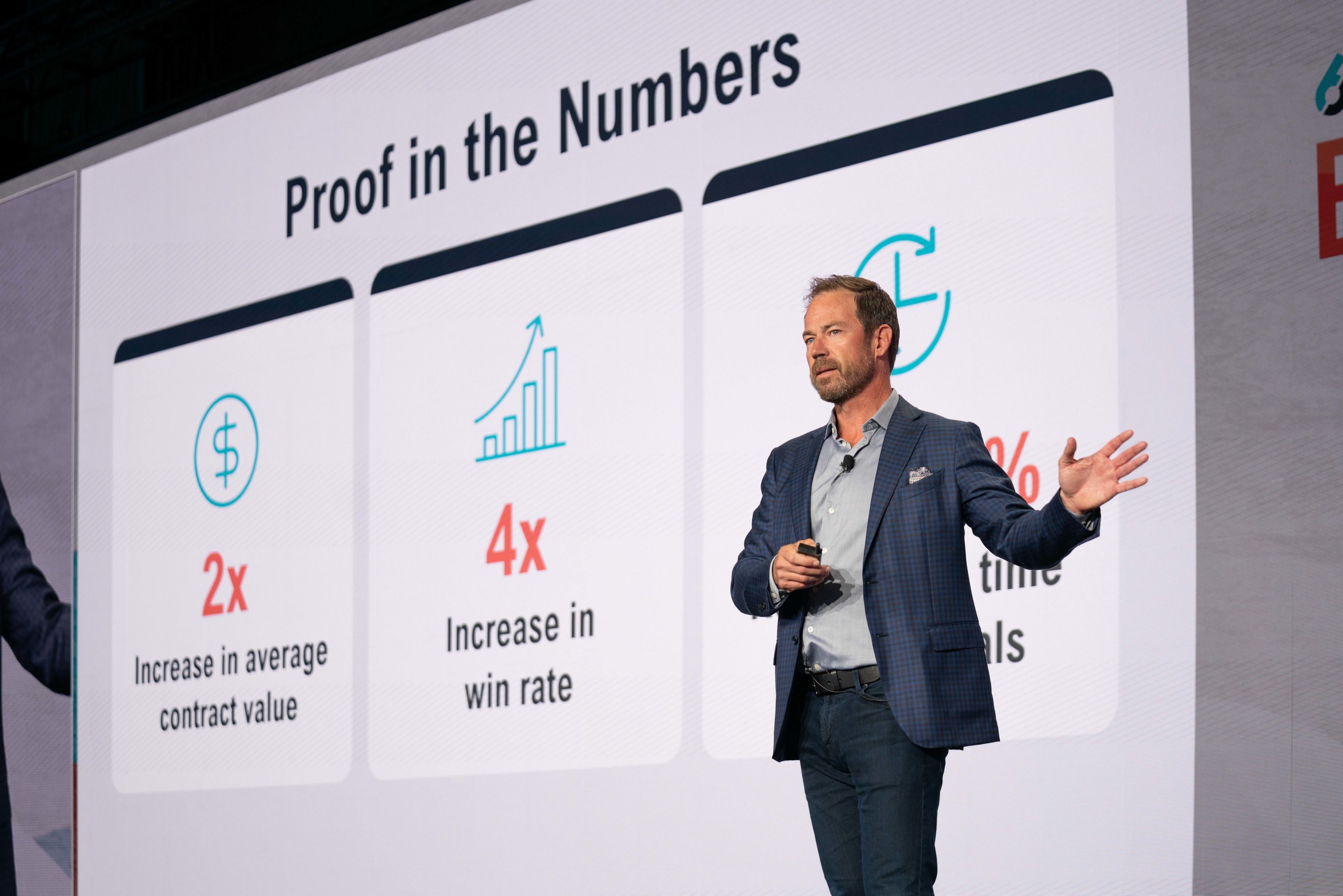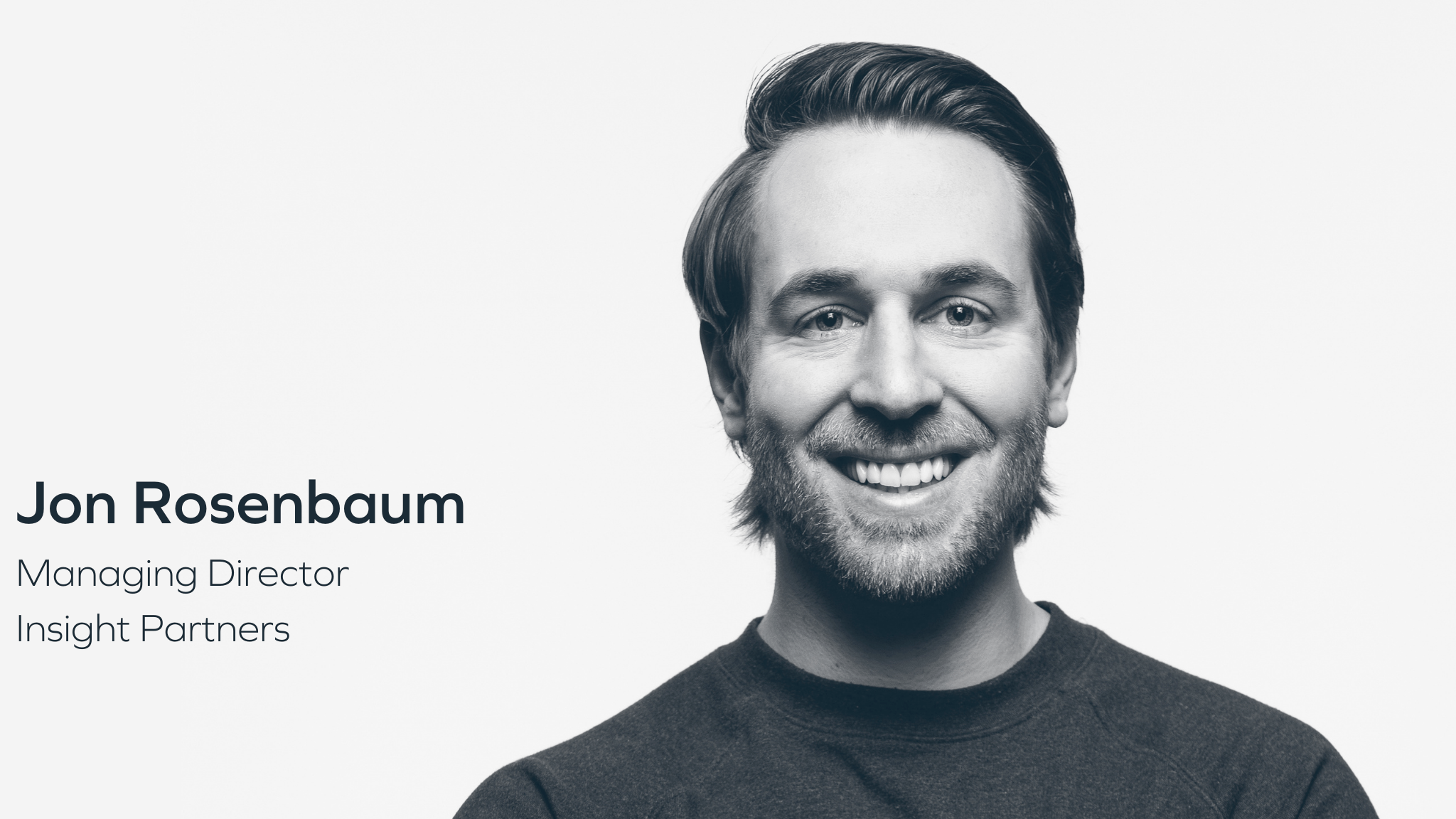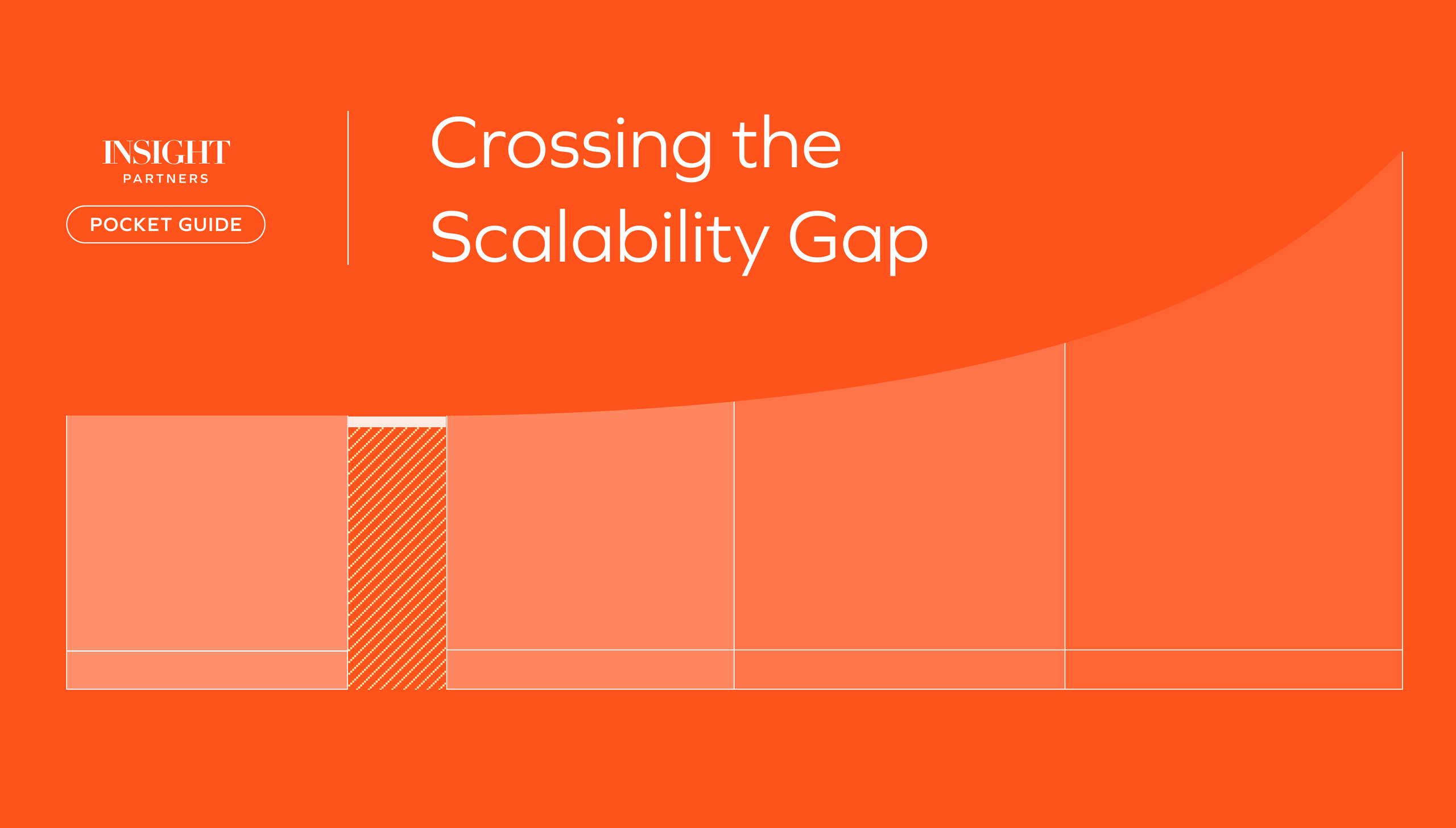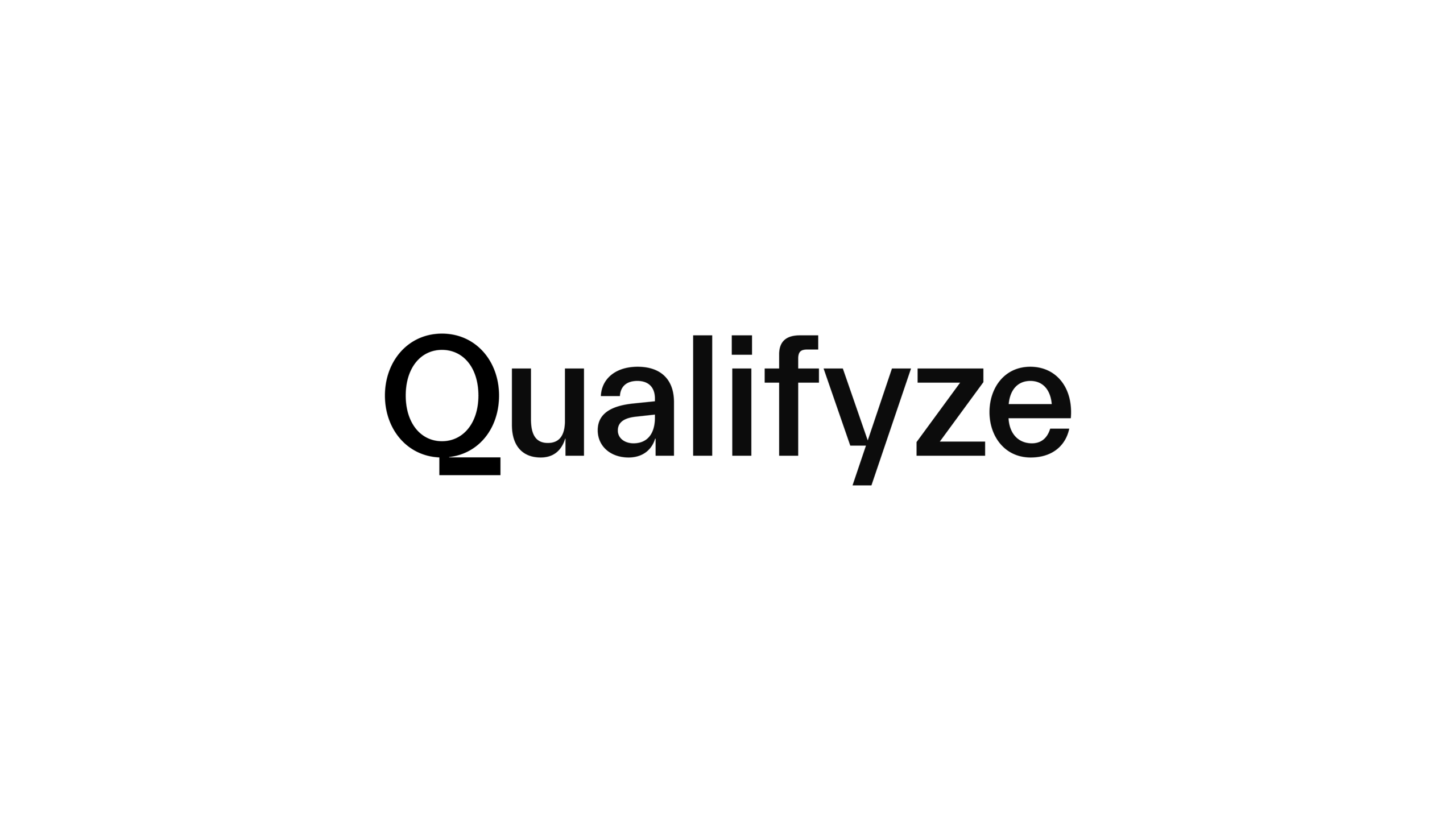How CEO Jason Zintak plans to grow 6sense as big as Salesforce

Before joining predictive analytics account-based marketing (ABM) platform 6sense as CEO, Jason Zintak was a salesman. “I grew up selling,” he says.
“People always say, ‘Hey, what’s the magic of selling? What’s the trick?’ Most people tend to think of sellers as talkers. And my magic was I listened. If you listen, you learn. And what I learned was people are skeptics. They’re afraid they’re being sold to.”
That trick of listening helped Zintak become global account director for SAP America in the late 1990s and early 2000s, executive vice president of global sales and marketing at JDA Software (now Blue Yonder) from 2009 to 2011, chief sales officer at Responsys between 2013 and 2015, and then CEO of Platfora in 2015, a big data analytics platform bought by Workday.
His move to 6sense in 2017 was a strategic decision to feed his entrepreneurial spirit — to build something where his customer-centric ethos and appetite for innovation could truly shine.
“The formative build nature is in my DNA”
At the time, 6sense had gotten through its incubation period and was at around $5 million in revenue. Things were working, but slowly.
The decision to join wasn’t easy. Zintak had to weigh the lure of prestigious, high-ranking positions at Oracle, Workday, and SAP against the challenge of leading a startup. But the potential for innovation and growth at 6sense was too compelling to pass up.
“I think that’s one of the reasons I turned down the jobs at the big companies,” he says. “The formative build nature is more in my DNA.”
Zintak accepted the challenge, stepping into his role at 6sense with a mindset for transformation.
He had to lead the company from a small team of 60, downsizing to an even leaner 30, before building it back up to over 1,200 employees. Throughout the journey, Zintak remained true to his commitment to listen, learn, and adapt.
“I’ve seen the movies. I know what good looks like.”
Zintak took over a business that was struggling with its unit economics and cash burn while needing to improve product and better define the category. On top of this, he inherited a complex cap table with seasoned investors who were were confident in the team and technology and believed in the promise of the market opportunity they represented.
“In this case, it wasn’t enough to have good technology; you need to be able to be a manager and manage people,” he says.
“The founders had less corporate practical experience. I always like to say I’ve seen the movies. I know pattern recognition, and I know what good looks like.”
But one of the biggest hurdles 6sense faced was its product offering.
Initially, the company’s software was perceived as a ‘black box,’ taking data and using AI to produce a simple score indicating a prospect’s likelihood to buy. However, Zintak quickly realized this approach was not resonating with customers.
“The very first thing I did was say, ‘People are skeptical. We need to give them the context of the score. Why is it a one? Why is it a two?’”
He initiated an evolution in the company’s product to allow customers to not only know a prospect’s propensity to buy but also use the analytics to execute sales and marketing tactics.
Step one was to implement a more transparent, context-oriented scoring system that allowed customers to see why it rated each prospect as it did. Step two: provide the intelligence to make decisions based on the rating. Step three: Use that intelligence to bring sellers and marketers together with shared data and workflows. The vision of insight married with execution is reflected in what became the company’s tagline: Know everything, do anything.
Setting up the go-to-market strategy was another priority. 6sense needed to demonstrate to potential customers that its AI-led product offered a differentiated, more effective way of conducting sales and marketing. Zintak saw the potential to reinvent sales and marketing, bringing the two functions together as one cohesive revenue team to achieve the same goals.
This required educating the market about the value of data-driven decision-making and the power of AI.
Through these early challenges, Zintak remained steadfast, applying the same principles that had served him well throughout his career: listen to the customers, understand their needs, and constantly innovate to meet those needs.
These principles guided him through the difficult early days and laid the foundation for 6sense’s future success. And it’s ultimately what gave Insight the confidence to invest.
Scale up your career: See all open roles at 6sense on the Insight Partners job board.
The investor POV
“Jason led 6sense in making massive improvements to its product from 2016 to 2019, and ultimately proved distinct and impressive product differentiation – all while focusing on customer value.”

“We saw the promise of the ABM software category early on. Many of our portfolio companies were considering changes in their go-to-market to include ABM tactics, starting around 2015,” says Jon Rosenbaum, Managing Director at Insight Partners.
“Despite this buzz, the investment opportunity in ABM software was not promising as none of the vendors had a healthy product-market fit. Interestingly, all of the ABM players were seeing demand and generally growing well, but their underlying characteristics were weak.”
The entire product category was marred with low retention rates. Many marketers were sold software without knowing how to adopt or use this new product.
ABM allows businesses to tailor messaging and personalize product offers at a collective account level and use intent data to engage with the right customers at the right time.
This is in lieu of marketing automation platforms (MAPs), which give a broad, scattergun approach to marketing. MAPs were originally created for B2C marketers who have a different go-to-market approach than B2B sellers.
“From about 2015 to 2018, marketers were largely on a journey of understanding ABM as a concept. For many marketers, going from using MAPs to ABM platforms is like going from riding a horse to driving a car. You can give someone keys, but if they don’t know how to drive, it’s wasted technology. This caused initial churn with ABM products. The major unlock in the market was that go-to-market leaders began to understand how to adopt ABM tactics, which enabled them to succeed with the software. By 2019, it was clear there were early adopters buying ABM software and getting real value,” says Rosenbaum.
At the end of 2019, Insight recognized not only the shift in the market, but also 6sense’s impressive product differentiation — namely, the ability to get the entire revenue team playing from the same sheet of music. Having gained full conviction, they decided to invest, leading a majority recap of 6sense. This included a $40 million primary funding round to fuel the company’s growth plans.
“This not only gave way to better momentum, but importantly, also better underlying unit economics and customer health. Once we understood this, we decided to pounce,” Rosenbaum says.
After Insight invested, Zintak found himself leading a company with a new lease on life.
“Jason and his team put 6sense on the right track, and our fresh capital and re-alignment of the cap table put 6sense on a new, long-term time horizon. Even now, in 2023, we have so much room to run,” says Rosenbaum.
From product to platform
The company’s AI-driven product needed to offer not just a unique approach but also a superior one. Zintak was adamant that 6sense was more than just a product – it was a platform. Its goal was to provide a data-driven, AI-enabled solution that could guide decision-making and streamline execution for marketers and sellers.
“We went from a point solution company to a platform company, and it’s delivering on the platform,” Zintak explained.
He sees 6sense as a “central nervous system” for its customers, capable of integrating with a wide variety of data, as well as other applications to provide the most comprehensive and valuable insights where decisions are made.
Previously, 6sense had designed its product architecture to be open. You could plug and play almost any application into the company’s data decisioning engine, from Marketo to HubSpot to Salesforce. But 6sense’s customers wanted more.
Maintaining this momentum required continuous innovation and adaptation. Support and investment from Insight “allowed 6sense to go into attack mode, both selling into the market more aggressively and building products through increased R&D and M&A activity,” says Rosenbaum.
And the company has scaled dramatically: 6sense has acquired five companies, including Singapore startup Saleswhale, in early 2022.
“Is there M&A in our future?” says Zintak. “Yeah, we’ve acquired five companies, and that’ll continue to be part of our strategy.”
The customer is always right
As part of its evolution, 6sense began developing and releasing new products directly inspired by customer feedback.
In October 2022, the company made a significant stride in product development. ABM had long helped align sales and marketing, but the new product would aid that even more, and it was built in direct response to customer demand.
“Our customers said, ‘You have so much data, why can’t you guys give us an email product that uses all those insights?’” says Zintak.
So 6sense built it. They released a conversational email product that not only enhanced customer interaction but also demonstrated the company’s commitment to leveraging AI — generative AI, in this case — and big data.
“We are a data-first, AI-first company. It’s impossible to have this many people do the work of the machine.”
6sense’s own analysis estimates that the conversational email product can accomplish the equivalent of 400 to 500 hours of manual work a week by sending marketing and sales emails – and then fielding responses to them.
The release of the conversational email product indicated a significant milestone for 6sense, embodying its commitment to customer needs, its strategic approach to product development, and its ongoing faith in the power of AI and big data.
It also showed Zintak’s ability – present throughout his career – to listen to customers and give them what they wanted.
The next chapter
And it’s worked: Since the conversational email product was released in October 2022, customers using it are reporting a 50% reduction in deal-cycle time and a 1.5x increase in average deal size.
“Ultimately, we measure ourselves by how our customers rate the value and support they get from 6sense, how they renew and expand with 6sense, and whether they’d recommend 6sense to a colleague,” he says. “We like to say internally, we want to be a customer-loved platform.”
Yet throughout this growth and evolution, Zintak remained focused on the need for continuous self-evaluation and adaptation.
He encouraged the entire organization to constantly reinvent itself to meet the changing demands of the market and maintain its competitive edge. This philosophy extended even to his own role as CEO.
“I always say the board is going to be my jury. And they’ll decide if I’m the right CEO.”
So far, the board has all the confidence in Zintak. 6sense’s 2022 results showed a 70% year-over-year increase in revenue with significant new customer acquisition and net revenue retention rates.
Through these ongoing adaptations and innovations, 6sense has established itself as a market leader in AI-led sales and marketing with customers like Dell, Zendesk, and Okta.
“6sense is a particularly customer-obsessed business,” says Rosenbaum. “They feel their customers’ go-to-market successes are their own responsibility. This empathy lives within the DNA of the company, stemming from Jason who has had a career in sales leadership. He understands that building a big business and RevTech category winner is an output of the main focus: driving major ROI for happy customers.”
For Zintak, it’s just the beginning. His vision for the future of 6sense is ambitious and far-reaching: “The next chapter is to be as big as Salesforce,” he says.
Interviewed by Chris Stokel-Walker for Insight Partners.







